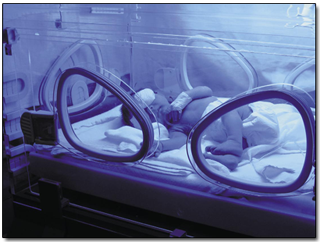| |
While science and medicine are combining to create more and more technologically advanced medical devices, they remain prone to the same defects and failures as consumer products and pharmaceuticals. Thus, medical device litigation has also evolved into a highly specialized area of personal injury law. Medical devices are separated into three classifications that depend on the risk they pose: Class I: These devices present minimal potential for harm to the user and their failure or misuse is unlikely to result in serious consequences. Some examples include: electronic thermometers, breast pumps, ultrasonic nebulizers, temperature monitors, and aspirators. Class II: These devices pose a greater safety risk and are subject to greater control than Class I devices. Class II devices are generally non-invasive and include many diagnostic instruments whose misuse, failure or absence would have a significant impact on patient care but would not be likely to cause direct serious injury. Some examples include: x-ray machines, powered wheelchairs, surgical needles, acupuncture needles, ECG, EEG, ultrasound sensors, endoscopes, and surgical drills and saws. Class III: These devices present the greatest risk of harm and need premarket approval, a scientific review to ensure the device’s safety and effectiveness. Examples of Class III devices which require a premarket approval include replacement heart valves, silicone gel-filled breast implants, implantable pacemaker pulse generators (defibrillators), anesthesia ventilators, anesthesia units, apnea monitors, fetal monitors, incubators, infusion pumps, and external pacemakers.
|
|
 |
|


